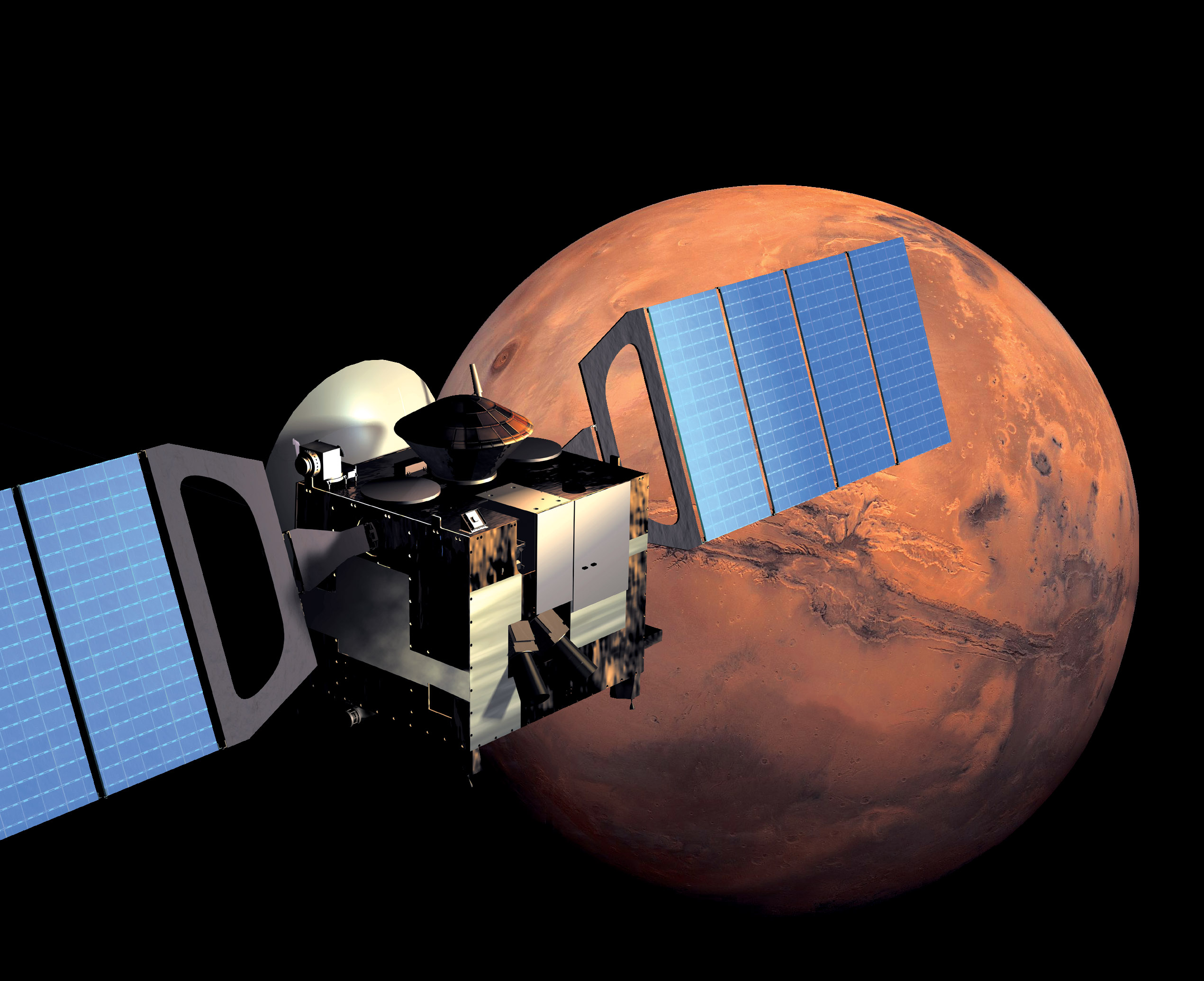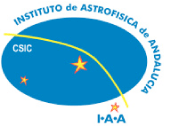Mars Express

 Mars Express was the first spacecraft sent to another planet by the European Space Agency (ESA). It was launched on 2 June 2003 and was inserted into Martian orbit on 25 December 2003. Its payload comprises 7 scientific instruments, plus a small camera originally used for outreach but recently promoted to scientific instrument. All of them are working flawlessly after 15 years of operation, with the exception of the UV channel of the SPICAM instrument, which stopped working in 2014. Contrary to more recent missions with a narrow focus, Mars Express was designed to study all aspects of Mars, from its interior and subsurface to the interaction of the upper atmospheric layers with the solar wind, including also the climate.
Mars Express was the first spacecraft sent to another planet by the European Space Agency (ESA). It was launched on 2 June 2003 and was inserted into Martian orbit on 25 December 2003. Its payload comprises 7 scientific instruments, plus a small camera originally used for outreach but recently promoted to scientific instrument. All of them are working flawlessly after 15 years of operation, with the exception of the UV channel of the SPICAM instrument, which stopped working in 2014. Contrary to more recent missions with a narrow focus, Mars Express was designed to study all aspects of Mars, from its interior and subsurface to the interaction of the upper atmospheric layers with the solar wind, including also the climate.
Mars Express has revolutionized our vision of the Red Planet and its long-term evolution. So, it detected the presence of hydrated minerals on the Martian surface and the geological evidences of past glacial activity, which indicate a different and wetter climate in the first steps of the evolution of the planet. It has also recently discovered the presence of a possible lake under the surface of the planet. After 15 years of continuous operation, Mars Express has provided an unique dataset for the study of Mars climatology, including also the year-to-year variability, with a focus on the temperatures, the abundance of water vapour, the clouds in the lower atmosphere, and the behavior of the dust.
We are involved in the Mars Express mission at a high level, being one of the four InterDisciplinary Scientists of the mission. Our focus is on the study of the upper atmosphere using data from different instruments of Mars Express and also from other missions, such as MAVEN of NASA and the ExoMars TGO of ESA. We have participated in many different studies using Mars Express data, such as the first derivation of temperature profiles from stellar occultations in the UV with the SPICAM instrument, the characterization and physical explanation of the observed climatology of CO2 mesospheric clouds by OMEGA (see right figure), SPICAM and HRSC, the variability of the Martian ionosphere observed by MaRS and MARSIS, the first analysis of the CO2 emission profiles measured by OMEGA, or the study and first global simulation of the UV dayglow measured by SPICAM.



